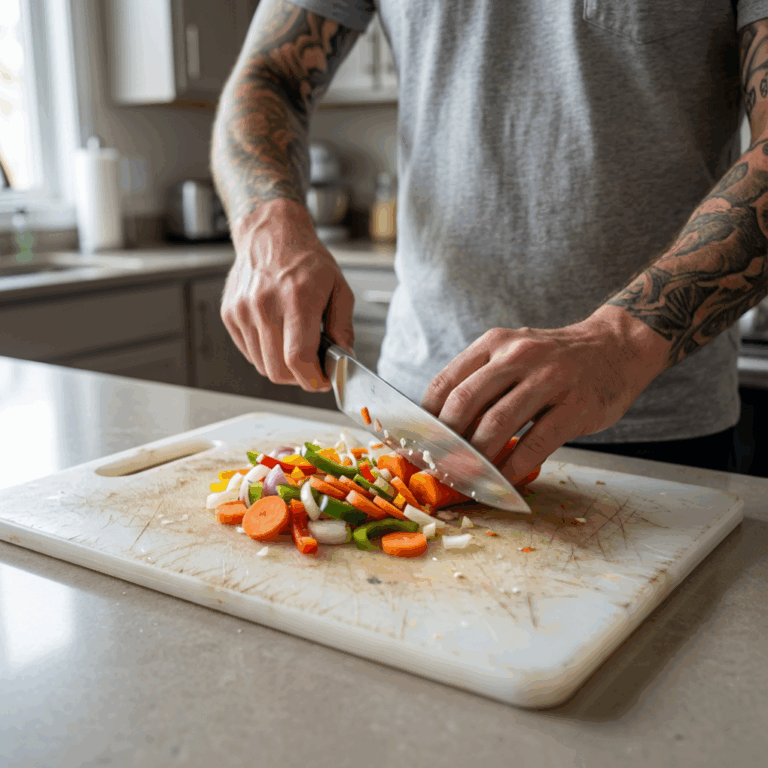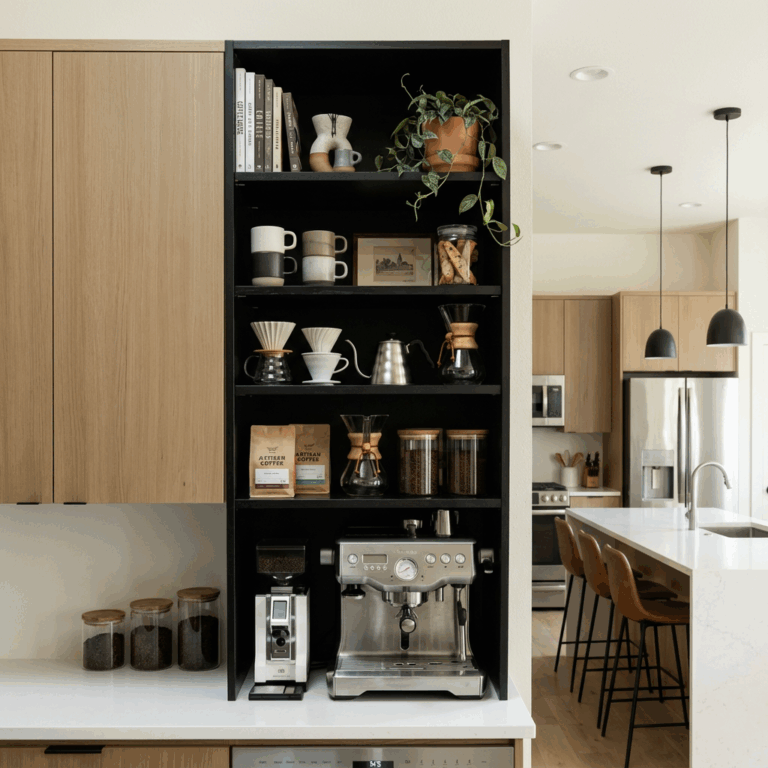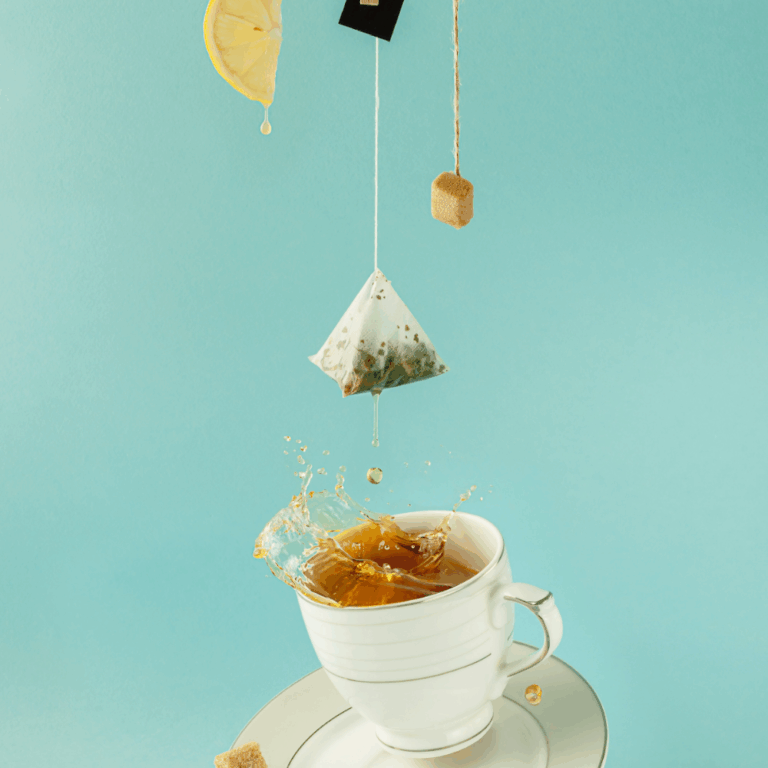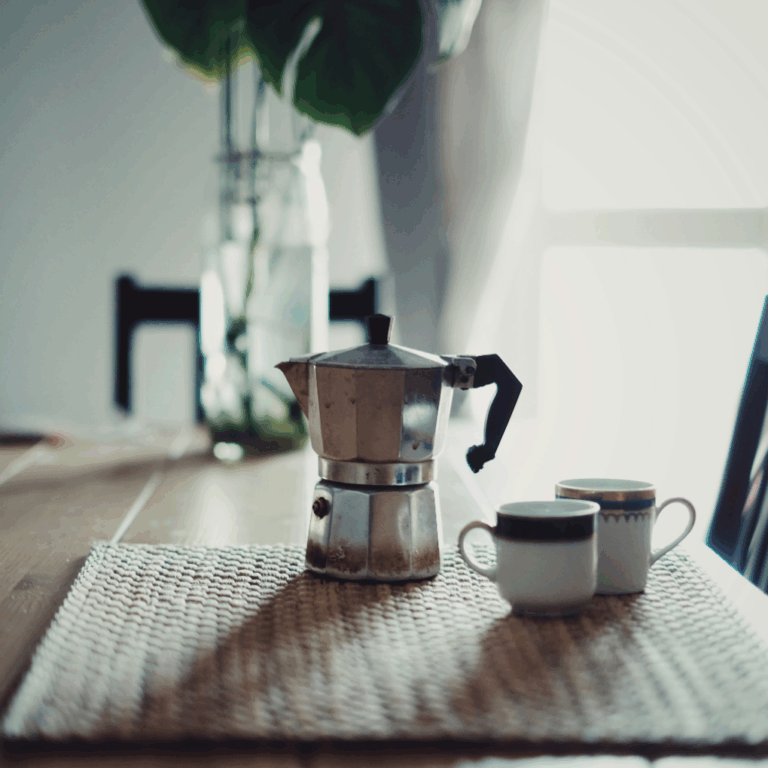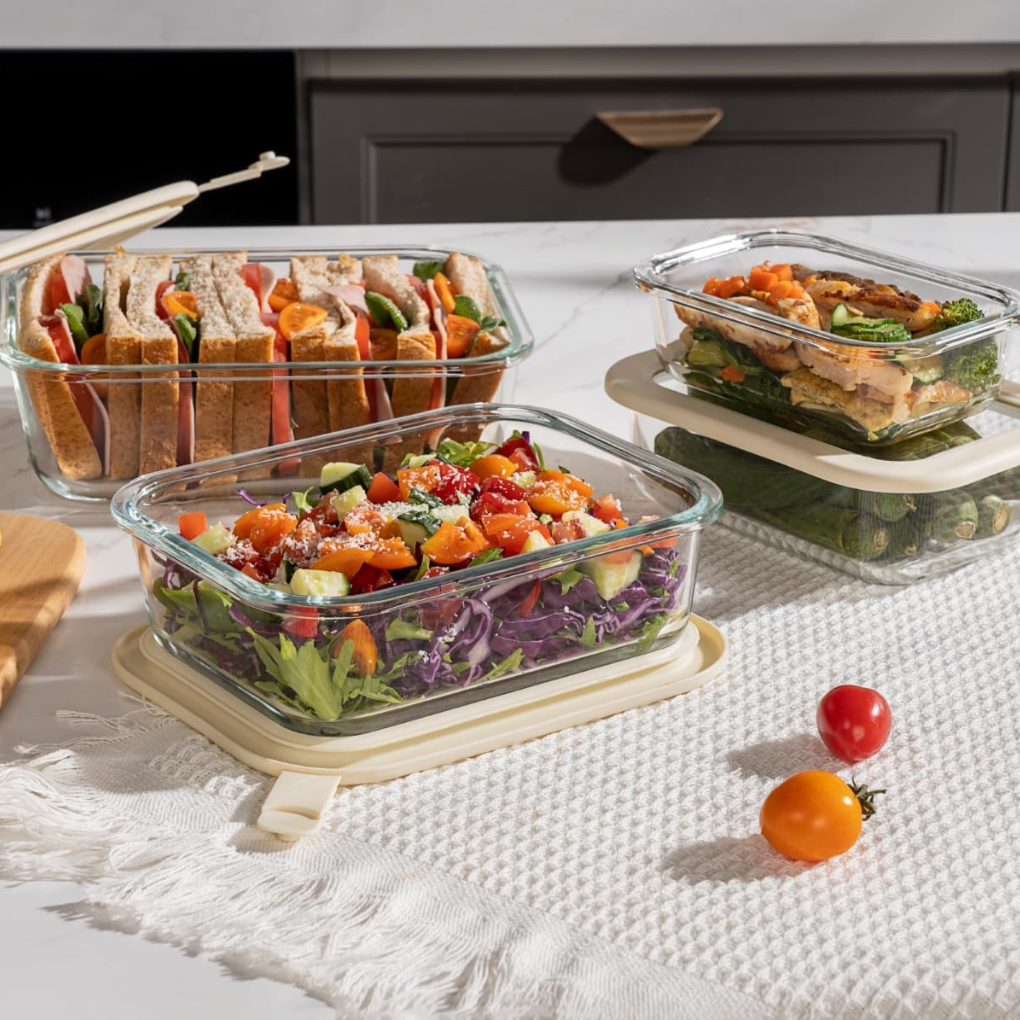
Key Takeaways
- The best glass food storage containers are free of chemicals and microplastics, unlike plastic alternatives.
- Glass containers are durable, oven- and microwave-safe, and won’t absorb odors or stains.
- Choosing glass makes meal prep easier, keeps food tasting fresh, and supports a lower-waste kitchen.
Plastic containers may be cheap and convenient, but they come with hidden costs, including chemicals that can leach into your meals and microplastics that shed over time. Research shows these tiny particles make their way into our food, water, and even our bodies.
That’s why more families are switching to glass. The best glass food storage containers are durable, chemical-free, and built to last. They keep leftovers fresh without the risk of plastic leaching, and they help reduce single-use waste in the kitchen. Choosing glass isn’t just about better storage; it’s a healthier, more sustainable way to protect both your food and the planet.
Why Choose Glass Over Plastic?
Choosing glass food storage isn’t just about making your kitchen look good; it’s a smart, everyday swap that supports your health, reduces waste, and makes cooking and meal prep easier. Whether you’re stashing leftovers, packing lunch, or planning meals, glass containers do the job without the downsides of plastic.
Health & Safety Benefits
One of the primary reasons people opt for alternatives to plastic containers is their concern about chemical exposure. Many plastic containers contain substances like BPA and phthalates, which have been linked to hormone disruption and other health risks.
Even BPA-free plastic isn’t entirely risk-free, as studies have shown other additives can also break down and migrate into food over time. Glass containers are naturally free from harmful chemicals. They don’t leach, even when exposed to heat or acidic foods.
You can safely reheat leftovers in the microwave or store hot meals without worrying about what might be seeping into your food. Glass is also non-porous, which means it resists odors, stains, and bacterial buildup far better than plastic.
Environmental Impact
Choosing glass is a win for the environment as well. Unlike plastic, which often ends up in landfills or oceans, glass is infinitely recyclable. It can be melted down and remade without losing quality or purity. This keeps it out of the waste stream and reduces demand for new materials.
Glass containers also last significantly longer than plastic ones. They don’t warp, scratch, or discolor as quickly, so you won’t find yourself replacing them every few months. If you’re working toward a plastic-free kitchen or trying to cut down on household waste, switching to glass storage is a practical and sustainable step forward.
Performance Advantages
Glass food storage containers offer performance benefits that go beyond safety and sustainability. They seal in freshness more effectively, helping food stay flavorful and crisp for longer. Their weight and solid structure also help protect delicate items like salads or baked goods from getting crushed.
Many glass containers are oven-safe, allowing you to transfer them directly from the fridge to the oven without needing extra dishes. They’re also easier to clean and don’t stain from sauces or oils the way plastic often does. From freezer to table, glass is a reliable, multipurpose option that makes meal prep more efficient and less wasteful.
What to Look for in Glass Food Storage Containers
Not all glass containers are created equal. If you’re making the switch from plastic, it’s worth knowing what to look for so you get storage that’s safe, functional, and built to last. From the type of glass to lid performance and stackability, here’s how to choose the best glass food storage containers for your kitchen.
Glass Types Explained
Start with the glass itself. There are a few common types you’ll see on the market, and each one has its pros and cons.
- Borosilicate glass is the gold standard. It’s highly resistant to thermal shock, which means it can handle sudden changes in temperature. This makes it ideal for moving from the fridge to the oven or pouring hot soup straight into a container. It’s less likely to crack under stress and usually has a higher heat tolerance than other types.
- Tempered glass is strengthened through a heating and cooling process. While it may not offer quite the same level of heat resistance as borosilicate, it’s still a durable choice. It’s designed to shatter safely if broken, which is a bonus for homes with kids or busy kitchens.
- Soda-lime glass is the most affordable option, and it’s perfectly fine for cold storage or pantry use. However, it’s more prone to thermal shock and may not be oven-safe. If you’re on a budget and plan to use containers for dry goods or refrigerated foods only, this type can still work.
Lid Features That Matter
Lids are more than just a way to cover your container. The design plays a significant role in how well your food stays fresh and how easy the containers are to use.
Look for snap-tight lids or locking tab systems that seal well without being too hard to open. Some containers use removable silicone seals, which are easier to clean and help maintain an airtight closure. Make sure the silicone fits snugly and isn’t overly flimsy.
Size and Capacity Considerations
Think about how you’ll use the containers. Are you meal prepping for the week or just storing leftovers from dinner? Individual-size containers are great for lunches or portioned snacks, while larger containers work well for batch cooking and family meals.
If you’re short on space, go for containers that stack neatly in your fridge or pantry. Some sets also come with interior dividers, which help keep different foods separated without extra dishes. This is especially handy for packed lunches or bento-style storage.
Urban Green Glass Food Storage Container Set
$43
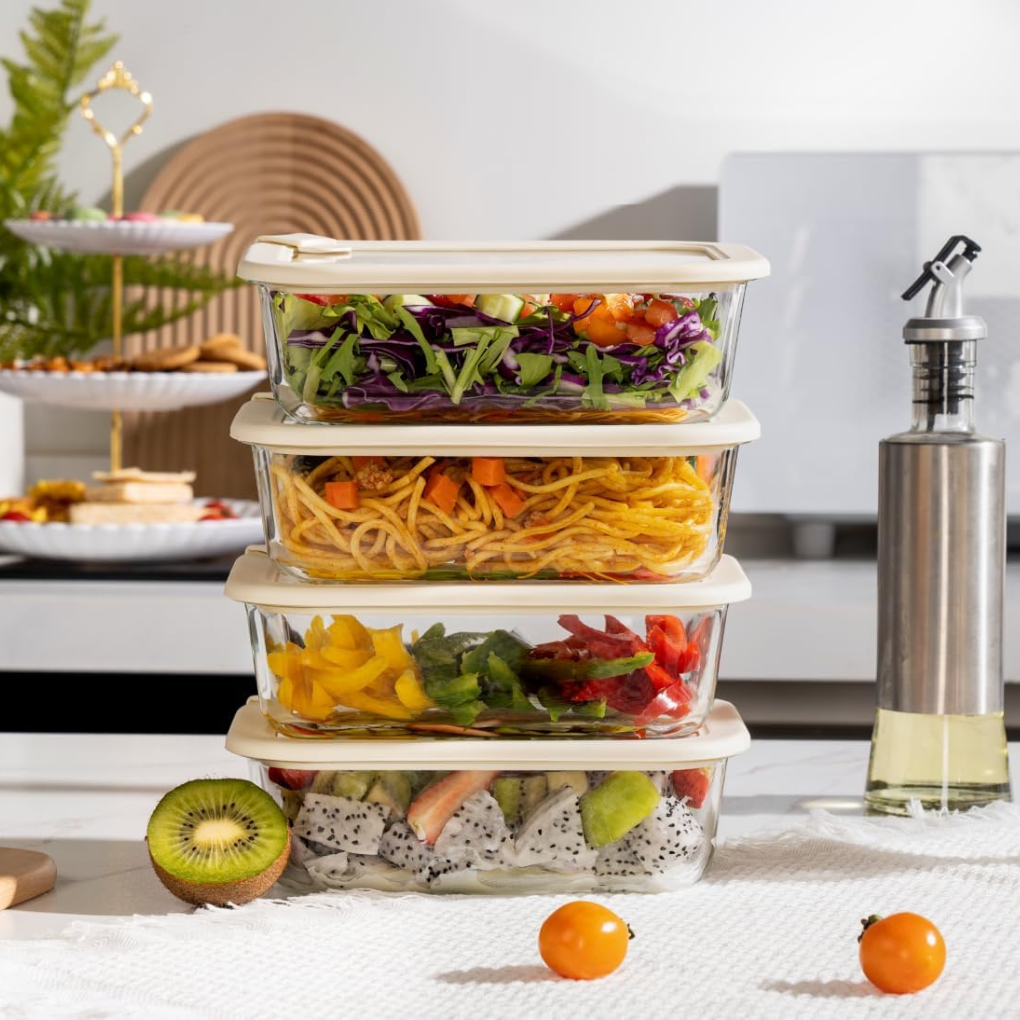
Crafted from ultra-durable borosilicate glass, this sleek set from Urban Green is designed for the modern, plastic-free kitchen.
Instead of the usual plastic snap lids, each container features an innovative silicone-framed glass lid that locks in freshness with a completely airtight, leak-proof seal—no plastic in sight.
From meal prep to leftovers, these containers handle it all. They’re freezer safe and oven-ready up to 600°F, making them perfect for everything from cold storage to hot bakes without the risk of cracking under sudden temperature changes.
- Material: Premium borosilicate glass with food-grade silicone frames and glass lids – completely plastic-free construction.
EcoEvo Glass Food Storage Container Set
$36-45
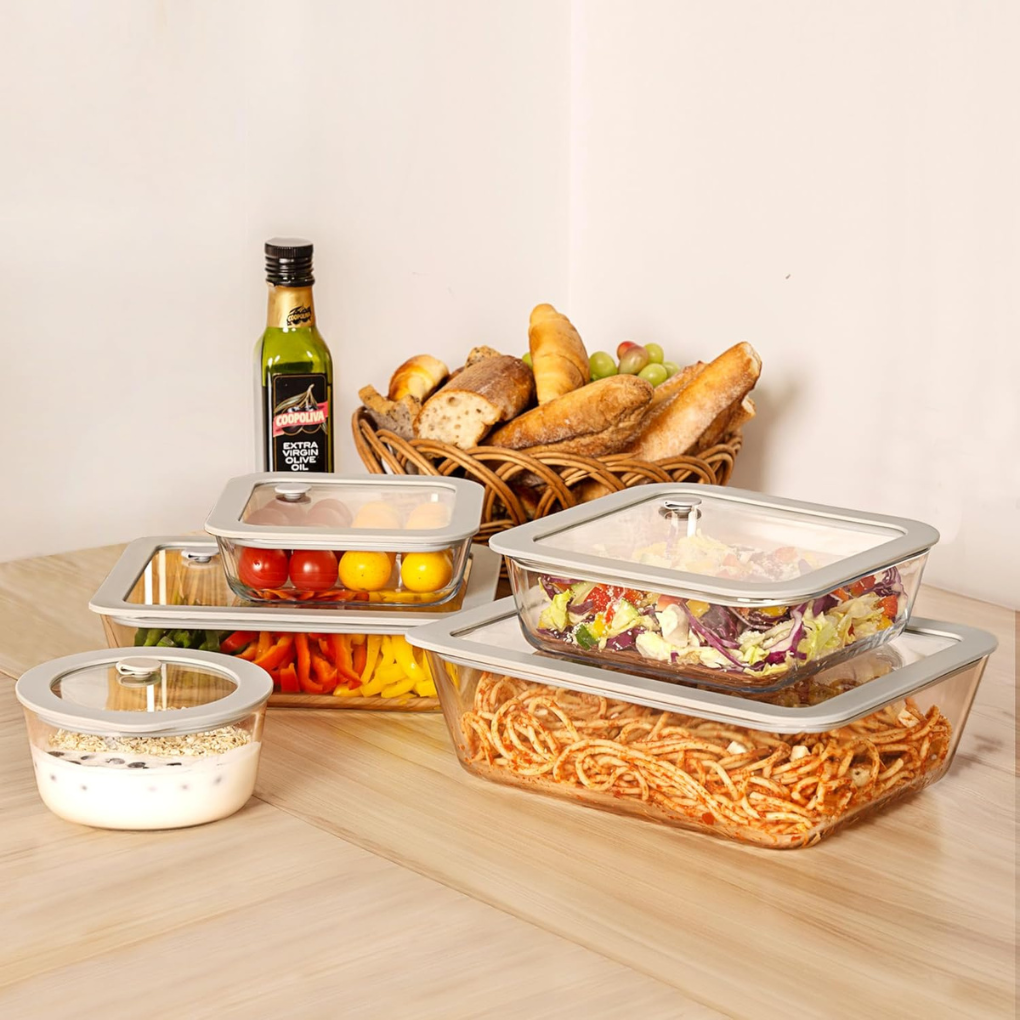
Proudly woman-owned, EcoEvo is on a mission to replace everyday plastics with innovative, sustainable solutions.
This thoughtfully designed glass container set features silicone-framed glass lids that form a secure, airtight seal free from plastic.
Made with premium borosilicate glass and food-grade silicone, these containers are built to last and designed for versatility.
They’re leak-proof, microwave-safe (just pop the air vent), and perfect for everything from batch cooking to daily lunches.
- Material: High borosilicate glass with silicone-framed glass lids, a plastic-free design.
Caraway 3pc Glass Food Storage Set
$155
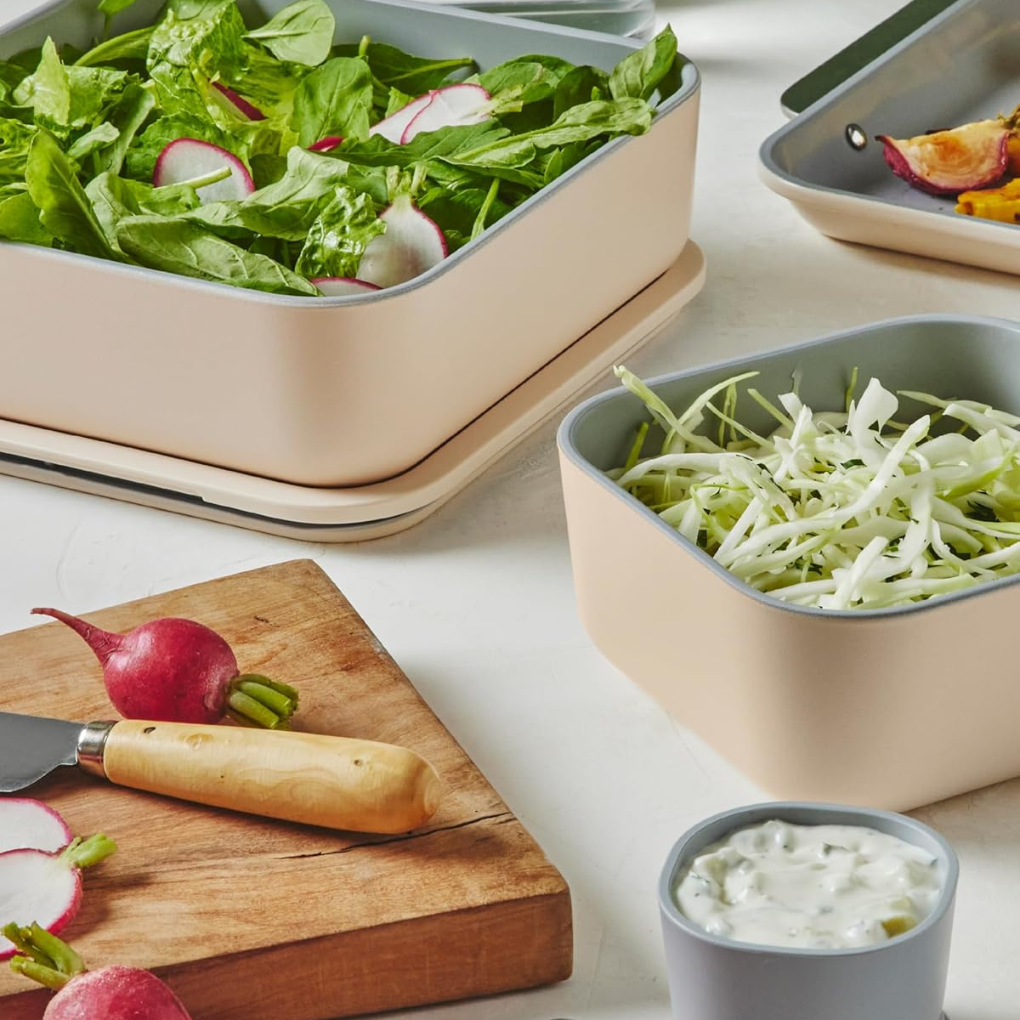
Features innovative ceramic-coated borosilicate glass with non-stick interior and exterior surfaces that make cleaning effortless.
Built with Air Release Technology to keep food fresh and odors out, these containers offer premium functionality at a more accessible price point.
The mineral-based ceramic coating won’t leach toxic materials and provides scratch resistance while maintaining the elegant aesthetic Caraway is known for.
- Material: Frosted borosilicate glass with transparent borosilicate glass lids, microwave-safe stainless steel rim, and food-grade silicone vents and gaskets – plastic-free.
Frego Glass & Silicone Container Set
$17-53

Frego takes a bold step beyond basic glass storage with its patented three-part design.
A durable borosilicate glass bowl fits snugly inside a grippy, food-grade silicone sleeve, topped with a SoftSnap™ lid that features a double-seal, leak-proof closure.
The innovative air-space cushion between glass and silicone helps reduce heat transfer, so it stays cool to the touch, even straight from the microwave.
The sleeve adds shock resistance and slip protection, making this container easy to handle, hard to break, and ideal for everything from school lunches to hot leftovers.
- Material: Borosilicate glass bowl, food-grade silicone sleeve, and double-seal lid.
Urban Green Borosilicate Glass Set with Bamboo Lids
$38
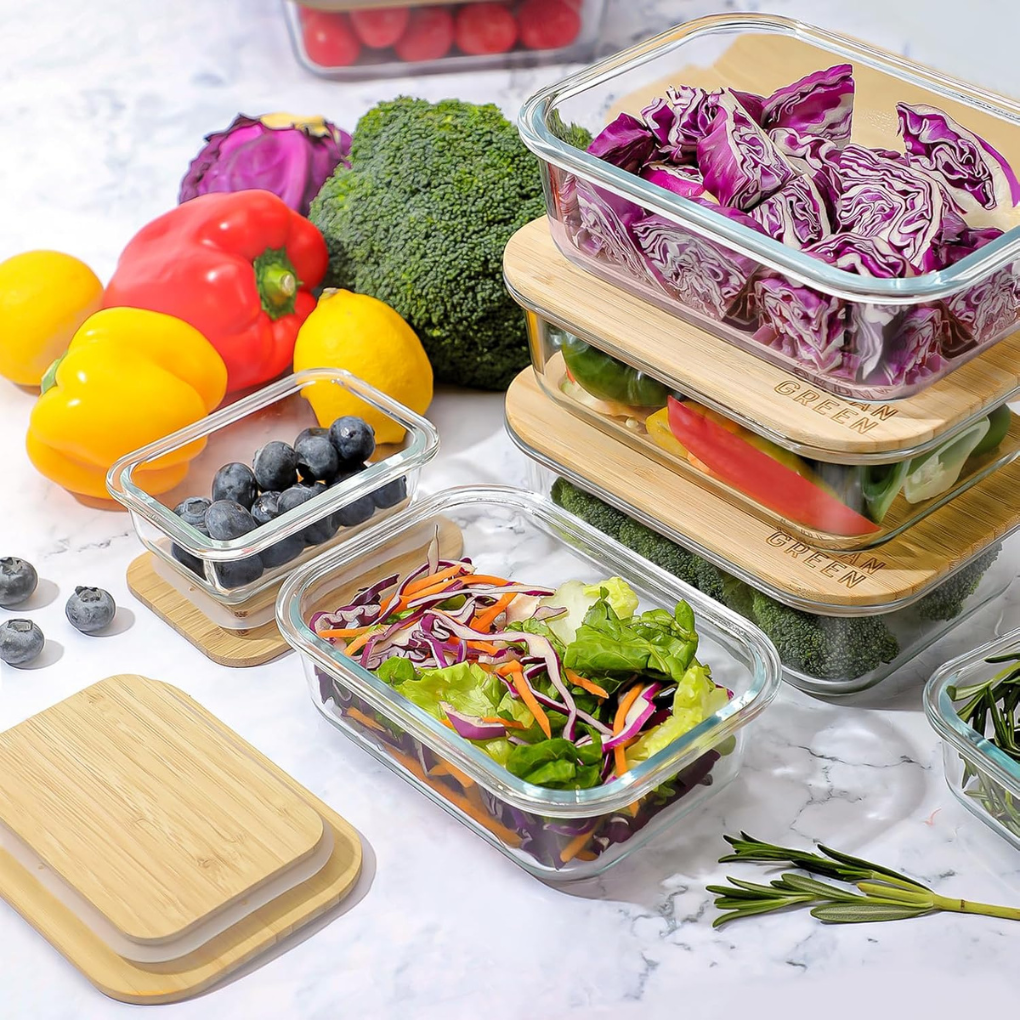
Simple, sustainable, and stylish, this medium-sized set pairs durable borosilicate glass with beautifully finished bamboo lids for plastic-free food storage that looks as good as it functions.
The containers are oven safe up to 600°F, perfect for baking, storing, or reheating.
Urban Green is a brand rooted in eco-conscious design, known for combining natural materials with minimal, modern aesthetics.
The polished bamboo lids are naturally antimicrobial and biodegradable, making this set a smart, planet-friendly upgrade for any kitchen.
- Material: Premium borosilicate glass with sustainably sourced bamboo lids and silicone sealing rings.
Anyday 8-Pc Microwave Cookware & Glass Food Storage Set
$136
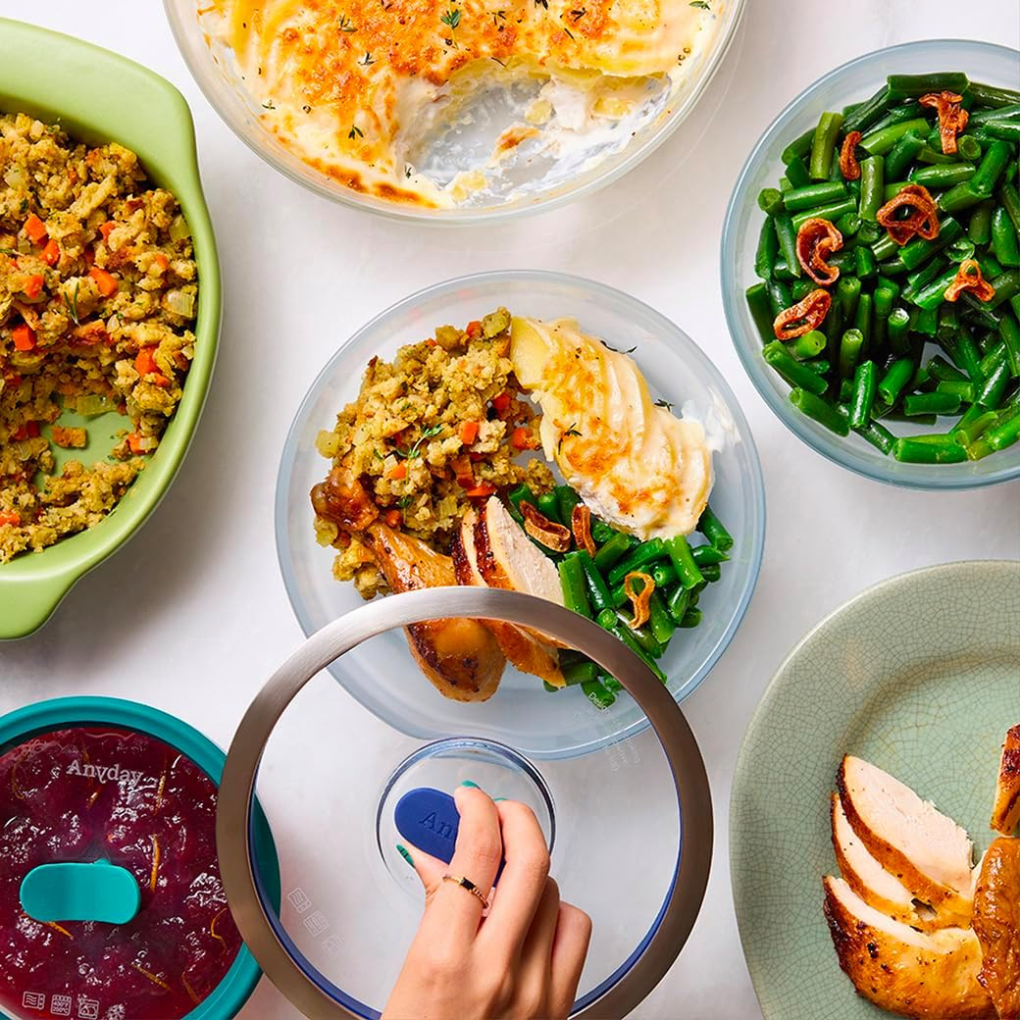
This isn’t your average set of containers. Anyday’s clever design lets you cook full meals in the microwave, then pop on the lid and store leftovers in the same dish.
Each piece is made from frosted borosilicate glass and topped with a patent-pending glass lid featuring a microwave-safe stainless steel rim and an easy-to-use vented knob.
The secret is in the steam-trapping system, which helps cook food evenly while locking in moisture and flavor.
- Material: Frosted borosilicate glass with transparent borosilicate glass lids, microwave-safe stainless steel rim, and food-grade silicone vents and gaskets – plastic-free.
Weck Glass Jars
$28
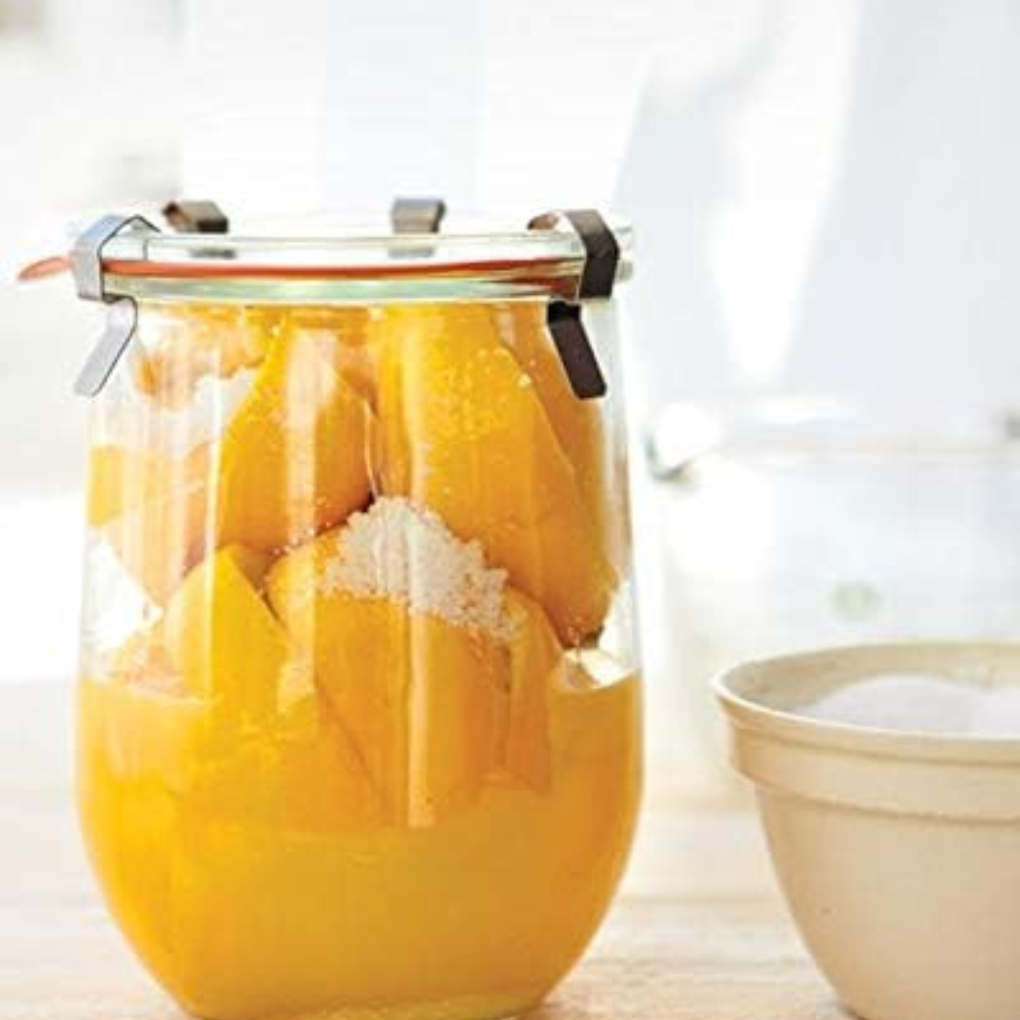
I love using Weck jars for meal prepping breakfast – they’re incredibly sturdy, so you don’t have to worry about spills when transporting overnight oats or parfaits.
Over a century of German engineering excellence shows in their completely plastic-free construction with glass lids, natural rubber seals, and stainless steel clips.
Unlike traditional mason jars with metal lids, Weck’s all-glass design means 100% glass contact with food and completely reusable components.
- Material: High-quality thick borosilicate glass made in Germany, glass lids, natural rubber gaskets, stainless steel clips – a completely plastic-free design with no metal lids that need replacement.
11-Piece Set Caraway Mini
$150
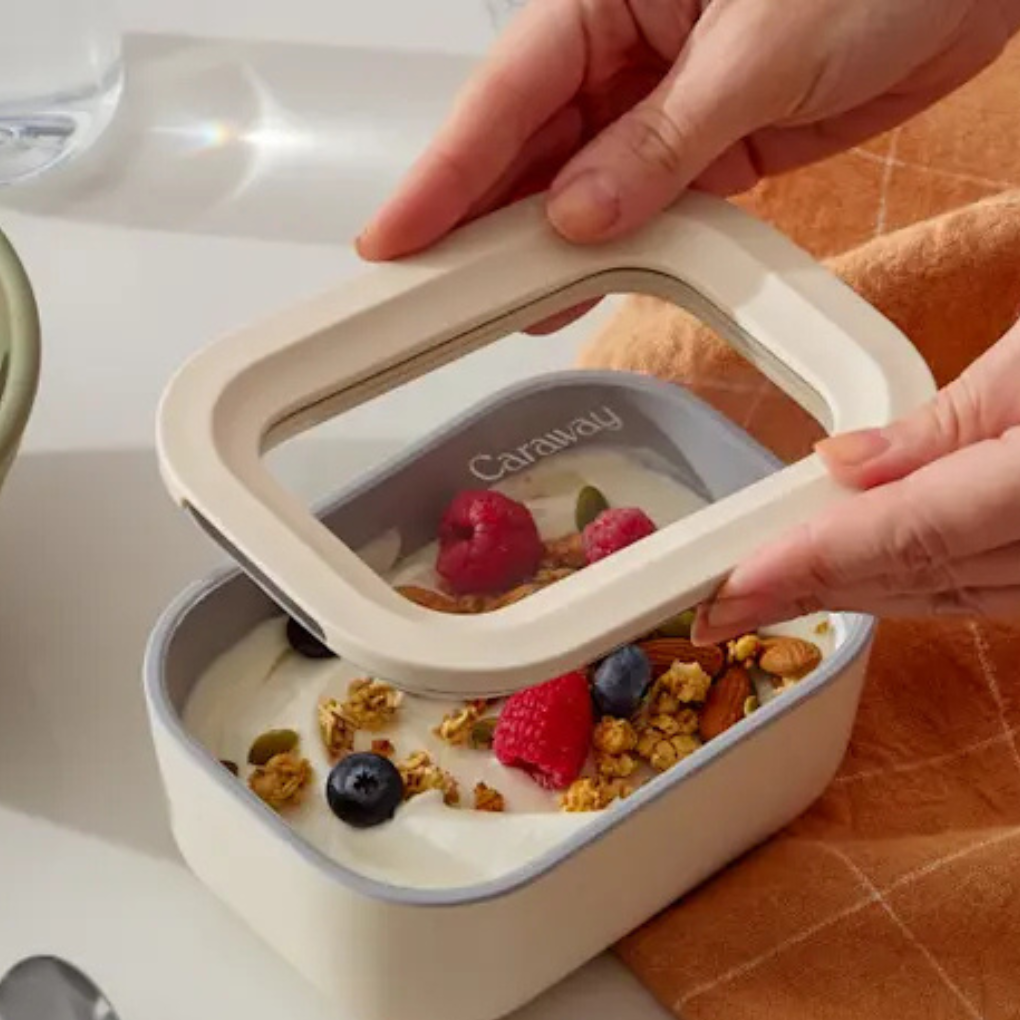
Perfect for individual meal prep portions and snack preparation, these compact ceramic-coated glass containers are ideal for portion-controlled meal planning.
Built with the same innovative Air Release Technology as Caraway’s full-size containers, they lock in freshness while blocking out odors, keeping your prepped meals tasting fresh all week.
- Material: Borosilicate glass body with non-toxic ceramic coating (interior and exterior), clear glass lids with BPA-free components, magnetic storage organizer.
Glass vs Plastic Food Storage: The Real Differences
There’s a reason more people are rethinking plastic in the kitchen. Whether you’re storing leftovers or prepping meals for the week, your containers come into direct contact with your food.
That means materials matter. While plastic may seem like the easier or cheaper option, the long-term trade-offs for your health, wallet, and the environment are worth examining more closely. Here’s how glass and plastic food storage containers compare.
| Factor | Plastic Containers | Glass Containers |
|---|---|---|
| Durability |
• Lightweight, won’t shatter • Warps and stains over time • Cracks with microwave/dishwasher use • Lids often lose fit quickly |
• Breakable if dropped • Resists stains and odors • Handles hot/cold shifts if borosilicate • Long lifespan, fewer replacements |
| Safety & Health |
• Can leach BPA or phthalates • Heat increases chemical release • May shed microplastics • Even “BPA-free” plastics raise concerns |
• Non-toxic, non-reactive • Safe in ovens, microwaves, dishwashers • Doesn’t absorb oils or smells • Keeps food fresh-tasting |
| Environmental Impact |
• Made from petroleum • Short usable life • Hard to recycle once stained/cracked • Sits in landfills for centuries |
• Fully recyclable • Can be reused endlessly • Long lifespan reduces waste • Some brands use recycled glass |
| Cost & Longevity |
• Lower upfront cost • Needs frequent replacing • Costs add up long-term |
• Higher upfront cost • Lasts for years • Saves money over time |
How to Use Glass Food Storage Containers Safely
Glass containers are a great addition to any kitchen, but like any material, they work best when used correctly. With a little care and the right techniques, you can keep your containers in top shape while making meal prep, storage, and cleanup a whole lot easier.
🌡️ Temperature Guidelines
- Glass can crack if exposed to sudden temperature changes (thermal shock).
- Don’t move containers directly from the freezer into a hot oven. Let them warm to room temperature first.
- Most quality glass holds up to 400–425°F, but lids usually can’t. Always remove plastic or silicone lids before baking.
- When freezing, leave extra space for food expansion and only use freezer-safe glass. Thaw slowly in the fridge or in cool water for best results.
🧽 Proper Care & Maintenance
- Most containers are dishwasher-safe, but for optimal protection, use the top rack to prevent chips and scratches.
- If hand washing, stick to soft sponges and mild soap.
- Avoid stacking heavy pots or other containers on top of glass in the refrigerator or freezer.
- For silicone-seal lids, remove the gasket periodically, wash thoroughly, and dry completely before reassembling. This prevents mold and keeps the seal tight.
🍲 Best Practices for Different Foods
- Soups & sauces: store in leak-resistant containers with tight lids. Vented lids make microwaving easier.
- Casseroles & baked dishes can go straight from the oven to the fridge — just let them cool a little first.
- Meal prep: choose divided containers or a mix of sizes to keep snacks, mains, and sides organized and ready to grab all week.
tips
Common Problems and Simple Solutions
Even the best glass food storage containers need a little care. Here are some quick tips to help you avoid the most common issues and keep your containers working like they should.
Preventing Leaks
- Check lid alignment: Make sure the lid is sitting evenly and pressed down fully. Locking tabs or snap closures should click securely into place.
- Clean and inspect the seal: Food residue around the rim or silicone gasket can prevent a tight seal. Remove the seal occasionally to clean underneath and let it dry completely before reattaching.
- Know when to replace parts: If your seal is loose, stretched, or cracked, it may be time to replace it. Some brands offer replacement gaskets so you don’t have to toss the whole lid.
Avoiding Breaks and Cracks
- Transition temperatures gradually: To prevent cracks from thermal shock, avoid moving containers straight from the freezer into the oven or pouring boiling liquids into a cold dish. Let the container come to room temperature first.
- Handle with care: While most glass containers are tough, they can still break if dropped or knocked against hard surfaces. Use both hands when handling full containers and avoid stacking heavy items on top of them.
- Organize your storage space: Stack containers with lids off to avoid pressure on the edges. Use shelf liners or soft pads between dishes if needed, especially in tight cabinets.
FAQs on the Best Glass Food Storage Containers
Yes, many glass containers are freezer-safe, but only if labeled as such. Always leave extra room for food to expand as it freezes, and thaw meals slowly in the refrigerator or in cool water to prevent cracking.
Borosilicate glass is made with silica and boron, making it more resistant to thermal shock (sudden temperature changes). Regular soda-lime glass is less expensive but more prone to cracking when rapidly moved between hot and cold temperatures.
Glass lids are sturdy, long-lasting, and avoid microplastic concerns, but they’re heavier and less flexible. Plastic lids are lighter and often seal more tightly, but they can warp or release chemicals over time. Many sets use plastic lids with silicone seals for convenience.
Avoid moving containers directly from the freezer into a hot oven or vice versa. Let the glass warm to room temperature first, or heat it gradually. Always check the manufacturer’s temperature guidelines to stay within safe limits.
This Has Been About The Best Glass Food Storage Containers
At the end of the day, glass makes life easier. The best glass food storage containers don’t warp, don’t leach chemicals, and won’t leave your leftovers tasting like last night’s spaghetti. They might cost a little more upfront, but they’ll last for years, and that means fewer replacements, less plastic waste, and a healthier way to store your food.
If you’re still using a drawer full of mismatched plastic tubs, consider swapping them out for a few glass containers. Once you see how sturdy, safe, and versatile they are, chances are you’ll never go back.
Featured image is from Amazon.
